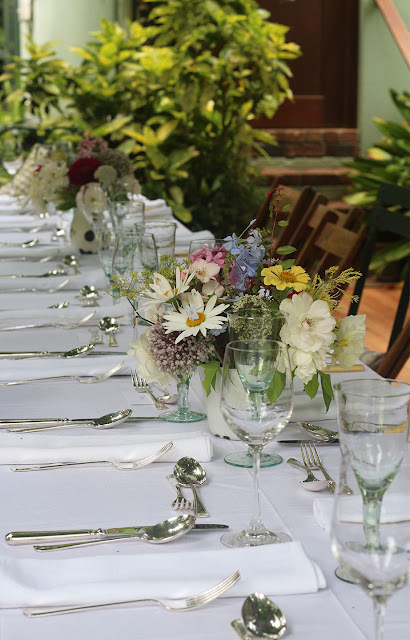Waiting for me when I stepped through the winter-dark Brooklyn doorway recently, fresh from the South African sunshine, was a packet of Grow Journey seeds. It has been a year since I received my first seeds from them, and I have come a long way in terms of how I garden.
While the 'Little Bells' heirloom peppers in the December package seem like a dream in late January, their backstory on my Grow Journey dashboard when I log on, is cheering. I don't think of my garden as pepper country because it receives full sun only in the midsummer days, but, says their story, these "cute, delicious miniatures need less sun and nutrients than bigger peppers do to develop their sugars...and if you have an exceptionally short season, cut the entire dwarf, densely fruiting plant at the base & hang to ripen the last peppers indoors." Huh!
November 2015 soil test
While the Cornell lab that tested the soil provided instructive guidelines for correcting problems, I learned specifically about egg and oyster shells for sweetening soil (raising pH) from Steve Masley's website Grow it Organically (garden lime was no good because it also contains magnesium and my levels were borderline high). He was generous with his time in emails (his Instagram is @growitorganically).
From late December 2015 through early summer 2016 I applied 12 lbs of powdered oyster shells (Peaceful Valley Farm and Garden Supply, in California) in two 6 lb batches, and about 3 lbs of egg shells, digging the powder in about 5" deep. And I planted seeds.
Fava beans, cover crop, nitrogen fixers, green manure
There were other issues with the soil in this central plot (I did not test or amend the soil on the garden's edges at all): our Phosphorus was too high, the Aggregate Stability was very low. So I planted cover crops and green manure (plants dug back into the soil), mulched with crop thinnings and leaves, and did not fertilize at all. What I think of as Grow Journey's onboard flight navigation system (for the garden pilot) taught me many of these healthy growing and management techniques. As a member of Grow Journey's seeds of the month club, you are not just paying for monthly seeds; you have digital access to all the wealth of information that accompanies your physical seed packets. Well researched and referenced techniques for improving your soil organically and using concepts such as polyculture plant guilds are Grow Journey mainstays.
December 2016 soil test
And, as my dad would say (if he could remember), results count.
Recently my second soil test results were sent to me by Cornell. The pH has risen from 5.4 to 6.6. From acidic to optimum, and near-neutral. This is pretty dramatic. My overall soil quality score went from 54 and Low to a score of 75 and Excellent. It seemed like the best news of the year. And I felt like I'd aced my exams after a dodgy start.
But this garden turnaround was not my own - I had help, from people who see the bigger environmental picture, and who use time-tested, science-supported methods. And that is my lesson for 2017. If we are going to survive under a crazed president, or in any of our personal troubles to come, we all need the right kind of help. Choose your community wisely, accept help, and be there for them when they need you.
January garlic
This winter has been disconcertingly mild, so far, and some of the crops in the vegetable plot are still green and growing. It is a temptation to sow cold hardy seed, like the pretty purple Indian mustard that was also in my December package. But things will change.
You can access Grow Journey's behind-the-scenes support and info with a free 30-day trial (you pay a $3.99 shipping and handling fee). I recommend it highly.











































